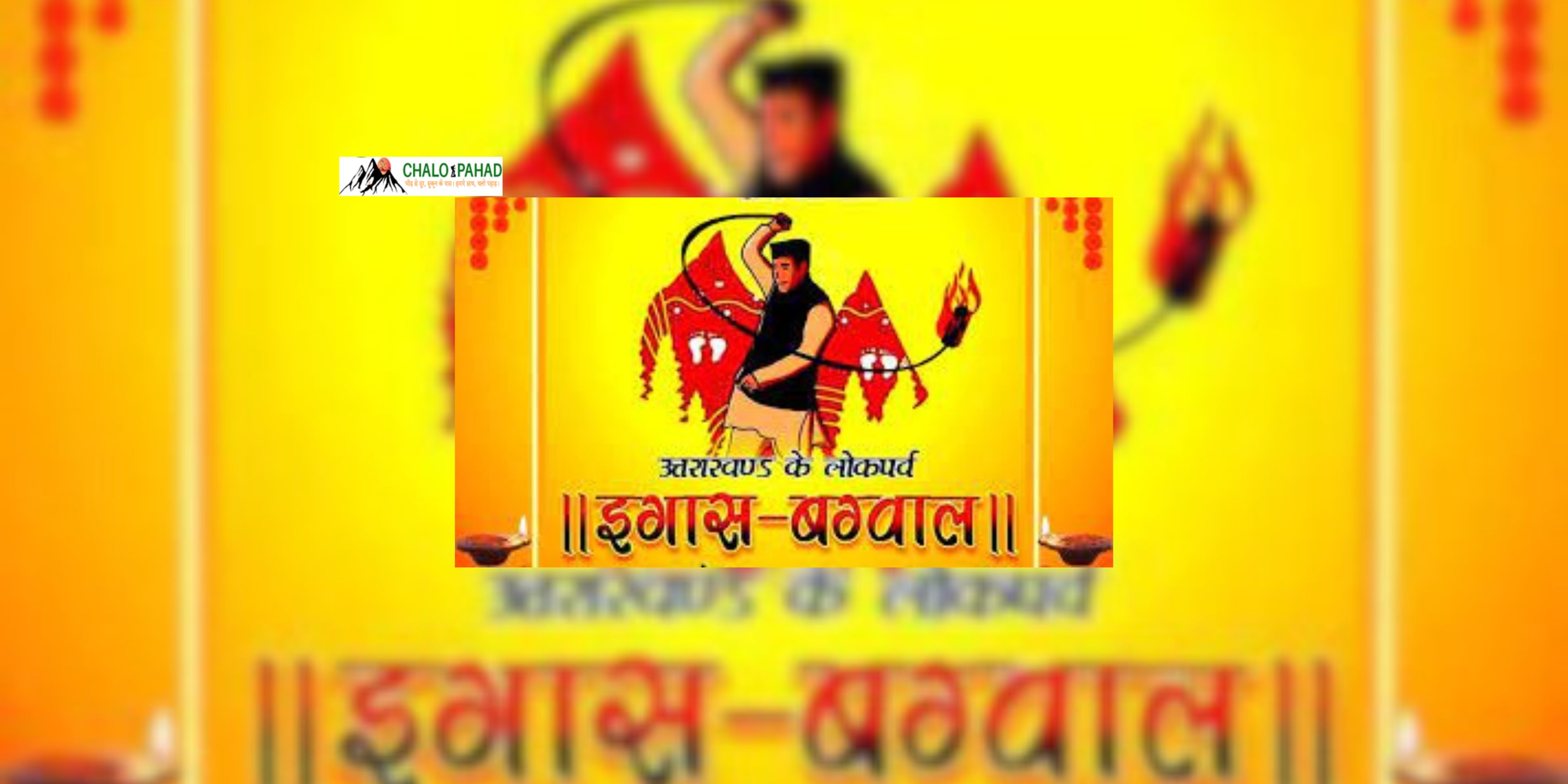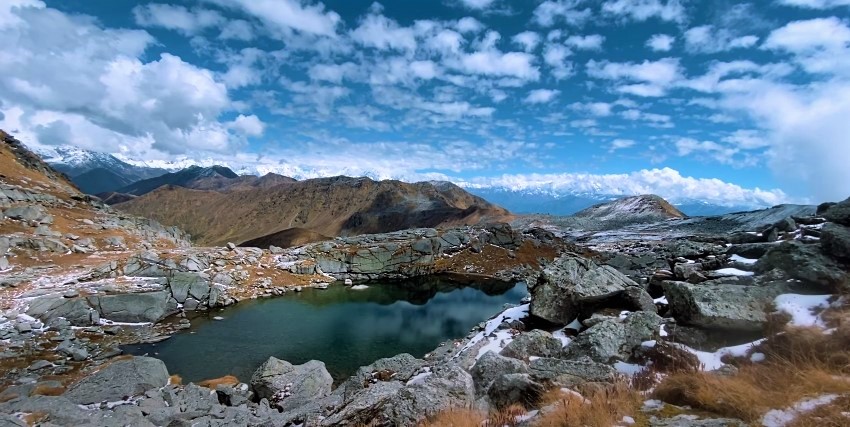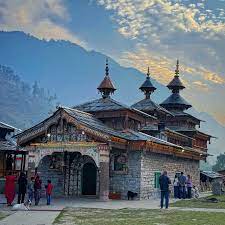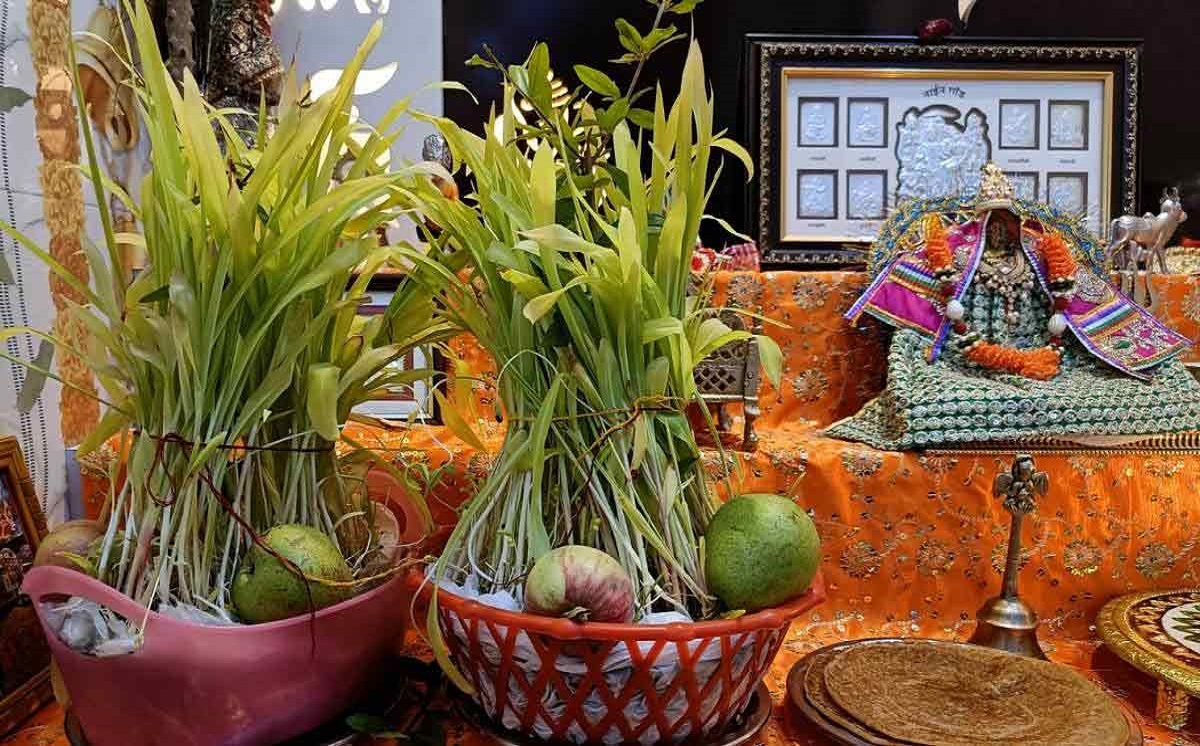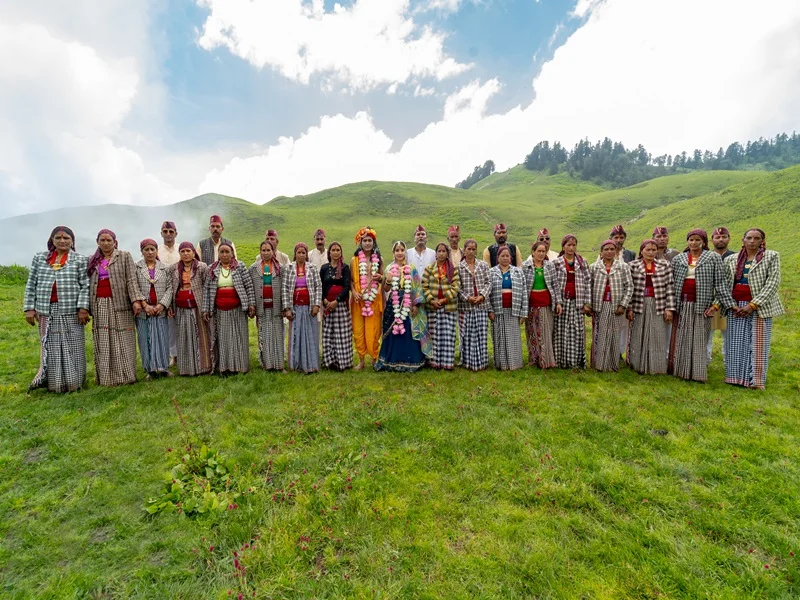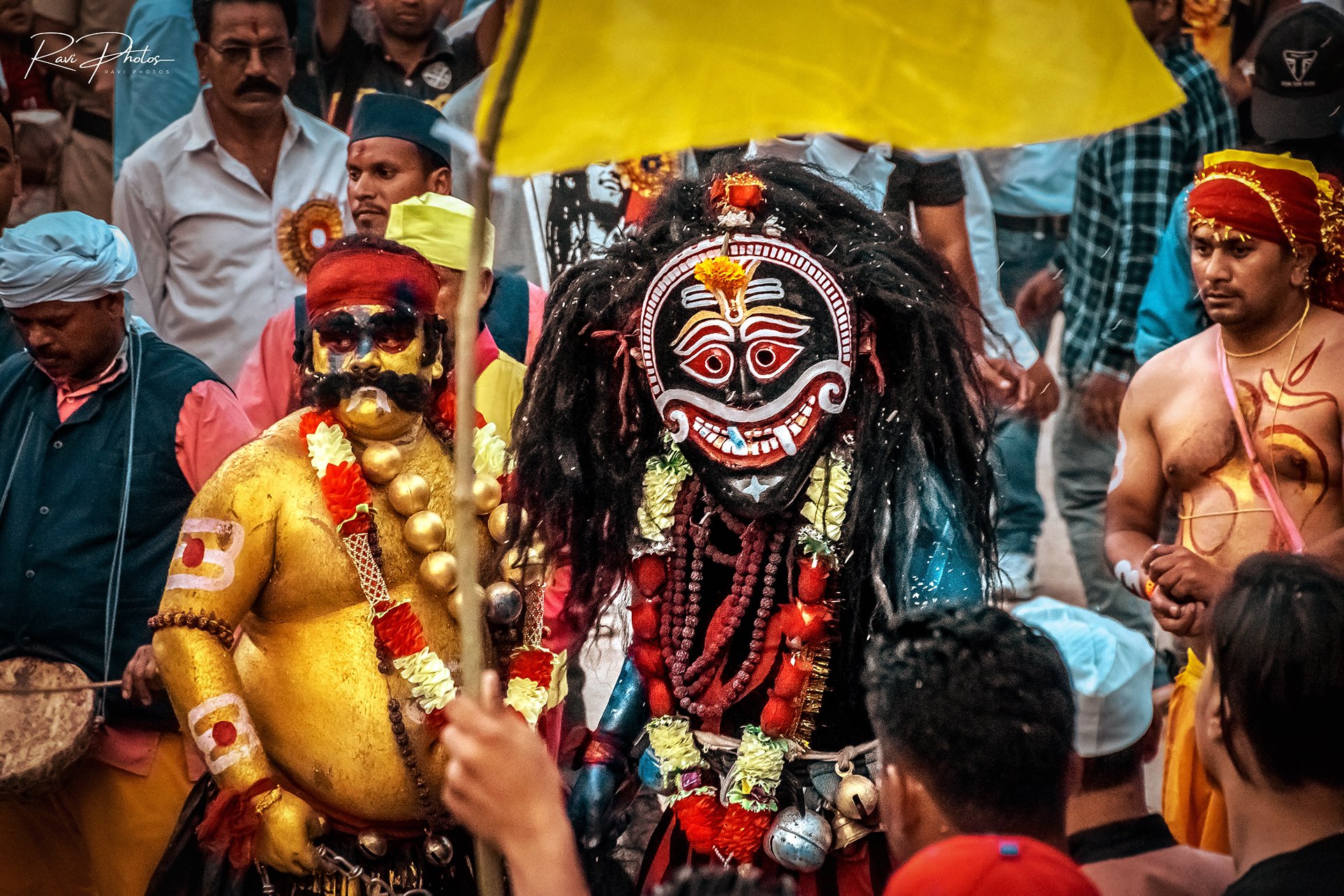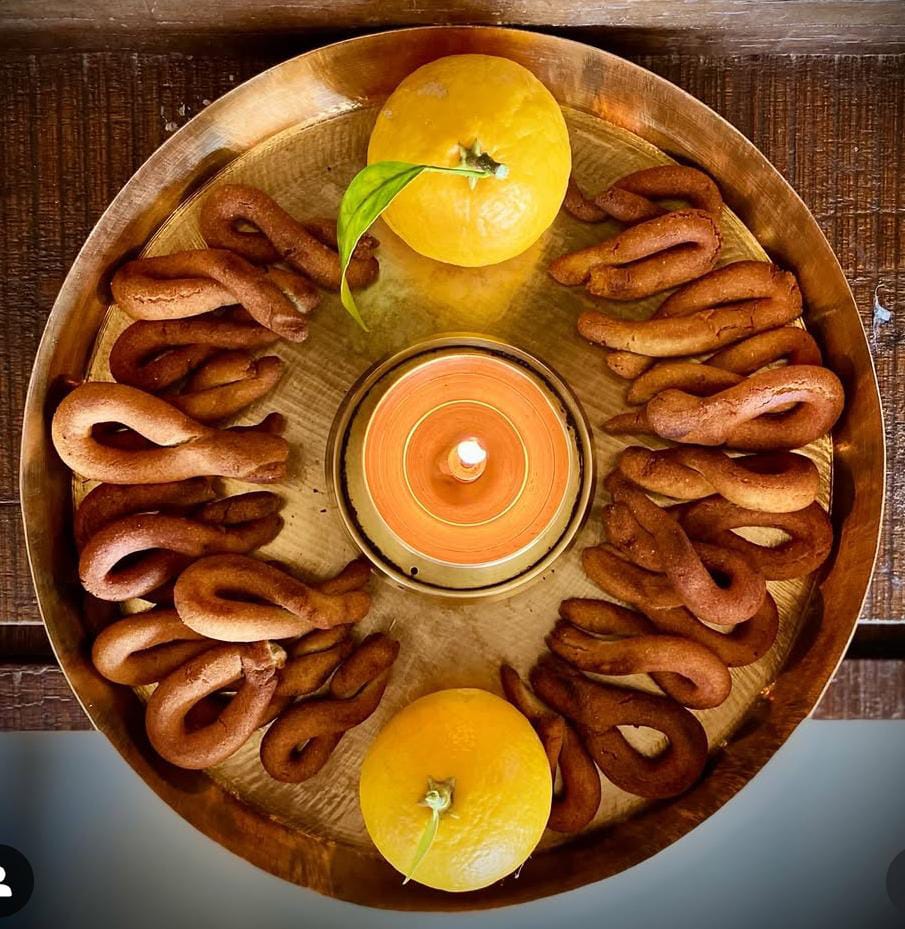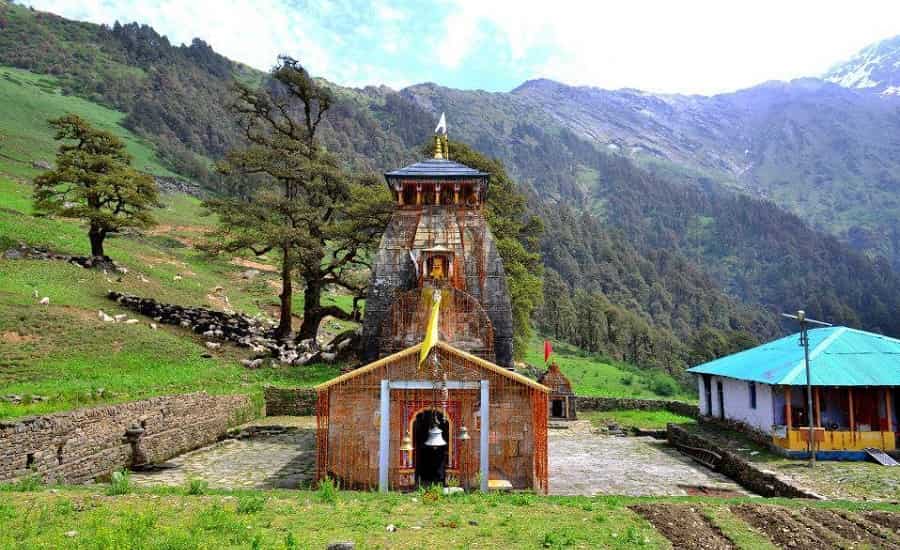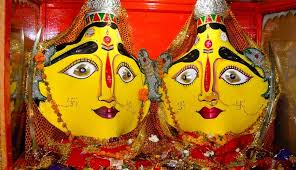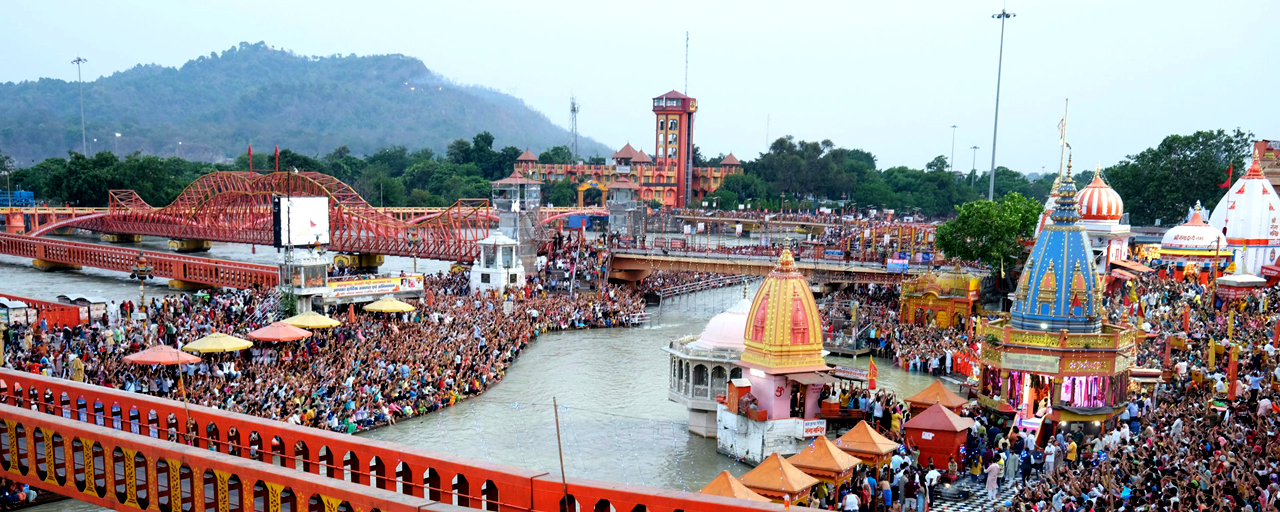A Festival with Its Own Rhythm
While the maximum of India packs up the diyas after Diwali night, the villages of Uttarakhand preserve their clay lamps apart for one larger day. Eleven days later, courtyards light up once more, households collect, and songs echo throughout the hills. This birthday celebration is known as Egaas Bagwal (इगास बग्वाल), from time to time known as Igas Diwali or Budhi Diwali.
In the high reaches of गढ़वाल and कुमाऊँ, where news as soon as traveled slowly and existence accompanied the tempo of the mountains, this second Diwali has become a lifestyle. To this present day, it feels less like a repeat of the competition and more like the Hills writing their own bankruptcy within the story of mild.
How Did It Begin? Stories Behind the Festival
Every festival in the Himalayas comes with layers of legends, and Egaas Bagwal is no exception.
The Late News
In the old days, when there were no fast roads or telephones, word of राम जी’s return to Ayodhya after defeating Ravan reached the mountains late. By the time the message arrived, the plains had already celebrated Diwali. People here decided to light diyas on the eleventh day, and slowly, that became their own celebration.
The Warrior’s Return
Another tale speaks of माधो सिंह भंडारी, the brave commander of Garhwal. He was away in battle when Diwali was celebrated, and he returned only after eleven days. His delayed homecoming inspired the locals to celebrate on his arrival.
A Festival of Togetherness
Beyond stories, there is a simple truth—life in the hills is about community. Families often waited for their loved ones to return before marking big occasions. Egaas Bagwal became a way to celebrate together, without anyone being left behind.
Traditions That Define Egaas Bagwal
Lamps and Light
On this night, households once again light दीये (diyas). Courtyards glow, temples shine, and mountain paths look dotted with tiny flames. The soft light against the cold November air carries a warmth that feels different from Diwali itself.
Bhailo (भैलो): Fire in the Night Sky
Perhaps the most exciting ritual of Egaas is भैलो (Bhailo). Children and younger guys make ropes from pine bark or hemp, dip them in oil, set them on the hearth, and whirl them around after sunset. The burning circles of mild reduce patterns in the sky, filling the villages with gasps and laughter. For kids, this is the heart of the pageant—an unforgettable sport of fire and bravery.
Folk Songs and Dances
Women sing conventional झुमैलो (Jhummelo) songs, their voices growing in rhythm as guys join in with चांचरी (Chanchhari). These songs aren't just enjoyment—they convey tales of gods, ancestors, and village heroes. The courtyard turns into both a dance floor and a lecture room where lifestyle is passed on.
Feasts and Flavours
Food is a huge part of the celebration. On this present day, kitchens in Garhwal and Kumaon prepare पूरी, पकौड़ी, स्वाला, खीर, and other wintry weather cuisine. The aroma of ghee fills the homes, and after prayers, associates regularly change plates of food. Even livestock, significant to farming lifestyles, are given special food and decorated with garlands.
Community Spirit
Unlike the more private celebration of Diwali in the plains, Egaas Bagwal has a strong collective character. Families gather in village courtyards, temples, or open grounds. The festival is about साझा खुशी (shared joy), where everyone participates, from children swinging Bhailo ropes to elders singing folk couplets.
Why It Matters
Egaas Bagwal carries a symbolism that goes beyond delayed news or folklore.
Patience and Celebration
It teaches that even if joy comes late, it is worth celebrating with a full heart.
A Link to Roots
In a time when many from Uttarakhand live in cities, this festival is a reminder of home and community.
Justice of the Hills
Just as गोलू देवता is remembered for swift justice, Egaas reminds people that the hills have their own way of balancing time and tradition.
A Night in the Hills
Imagine standing in a Garhwali village on the evening of Egaas. The sun dips behind snow peaks, the chill sharpens, and then, one by one, lamps flicker alive. Children run with flaming भैलो ropes, their laughter mixing with the crackle of fire. Women in bright shawls sing झुमैलो, their voices weaving through the night. The smell of fresh puris and jaggery sweets drifts from kitchens. Cows stand decorated with red tilak and flower malas. The temple bells ring, and chants echo across the valley.
In that moment, you feel what no history book can tell you—this is not just a delayed Diwali. It is a celebration carved out by the hills themselves.
Modern-Day Egaas
With migration and modernization, some feared the lifestyle would possibly fade. Many children growing up in cities only heard of it in testimonies from grandparents. But in recent years, there has been a revival. Schools and cultural agencies now organize unique programs. Social media spreads films of Bhailo fire dances, sparking curiosity among some of the younger technology users.
Today, Egaas Bagwal stands not simply as a cultural ritual but as a proud symbol of Uttarakhandi identification.
Travel Tip for Visitors
- If you ever plan to revel in this competition:
- Visit villages in Garhwal or Kumaon 11 days after Diwali.
- Choose to live in a homestay as opposed to a resort—you’ll see how households have fun.
- Participate respectfully in Bhailo if invited, but allow locals to handle you.
- Try the house-cooked festival food—it's miles made with love and tales.
Most importantly, pay attention to the elders. Their testimonies supply the pageant its real soul.
Conclusion
Egaas Bagwal (इगास बग्वाल) isn't always really a repeat of Diwali—it's far Uttarakhand’s manner of announcing that joy, no matter when it arrives, needs to be welcomed with lamps, songs, a fireplace, and togetherness. It displays patience, resilience, and the collective warmth of hill life.
In its glowing diyas, fiery Bhailo ropes, hearty meals, and shared laughter, the humans of the mountains preserve alive a tradition that has traveled through centuries. To witness Egaas Bagwal is to see how fairs breathe in a different way in the Himalayas—slower, deeper, and continually toward the heart.

